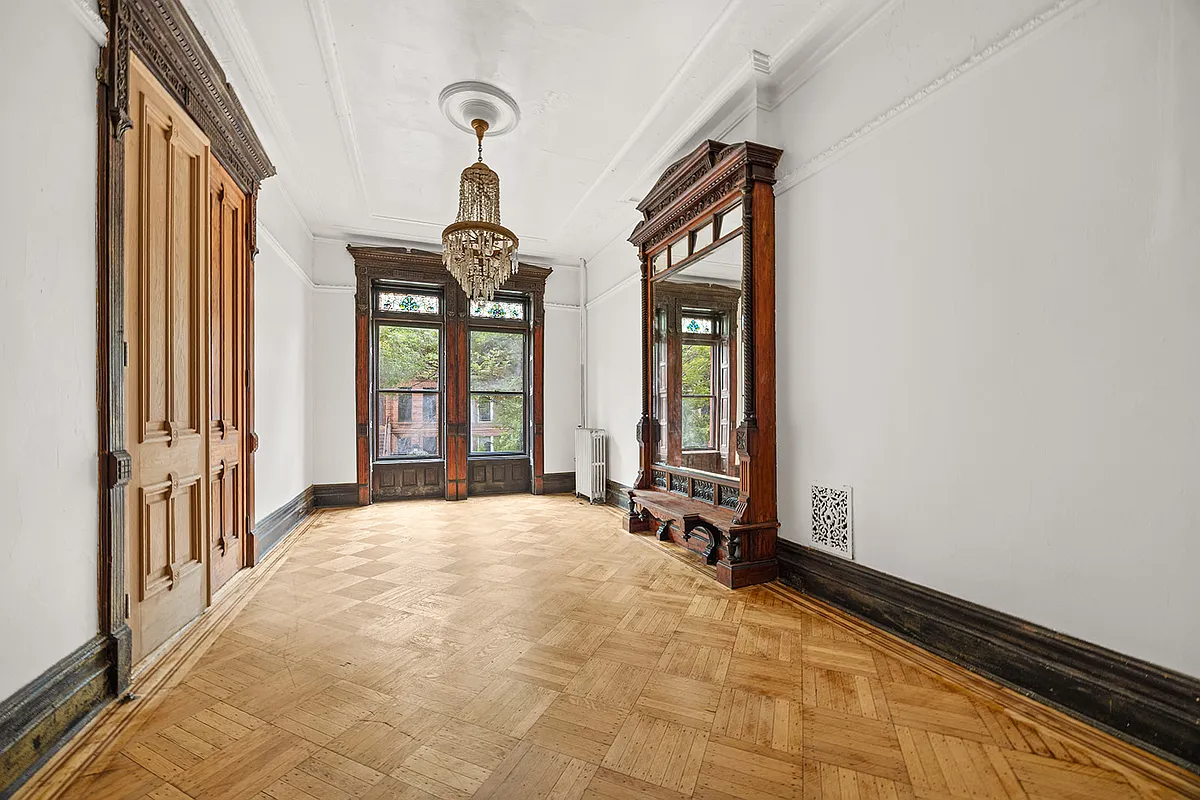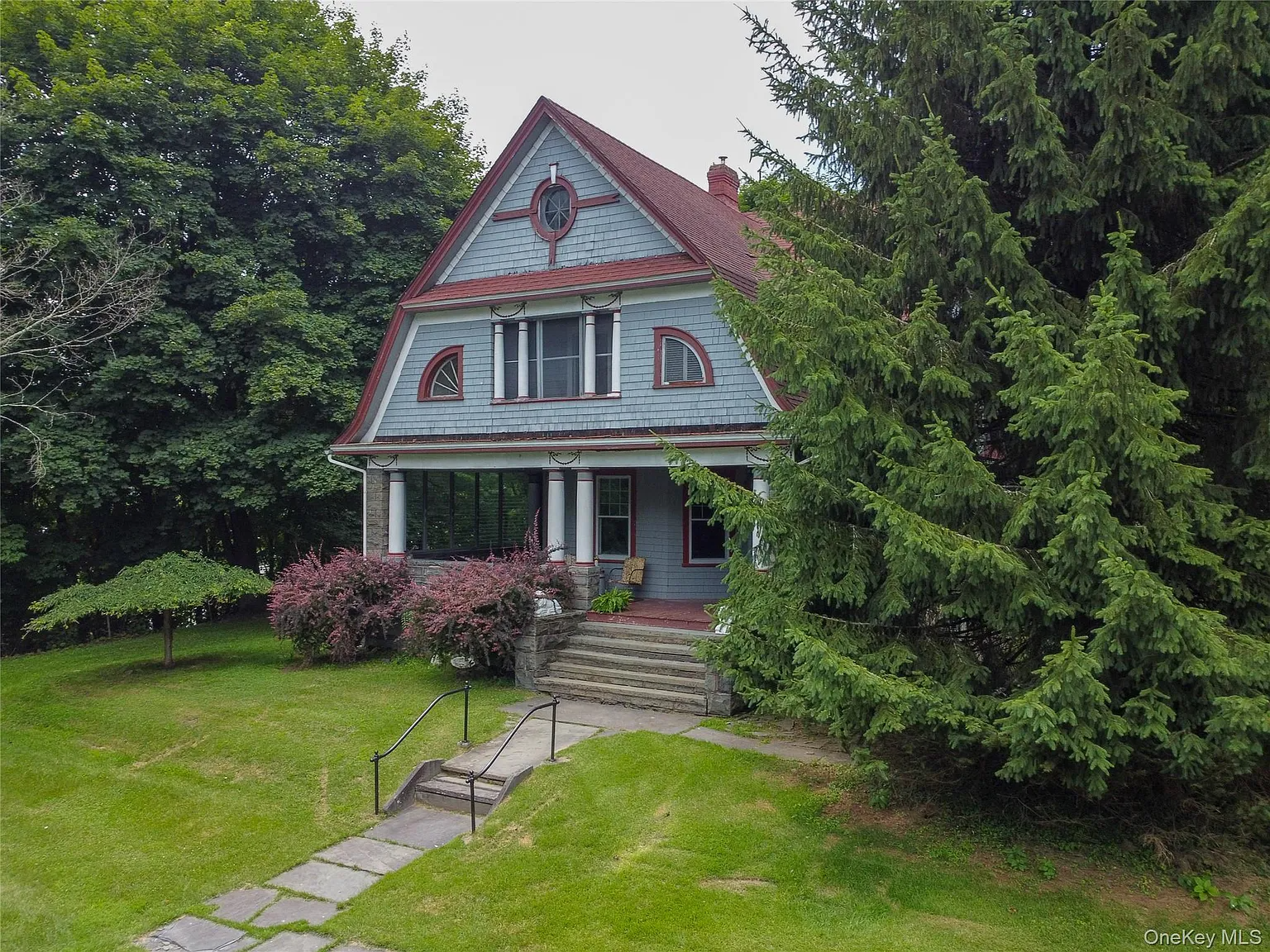30-Year Mortgages Coming Back in Style
USA TODAY, June 14, 2005 — Conventional 30-year mortgages fell out of favor last year as home buyers seeking to reduce their monthly payments opted for adjustable-rate and interest-only mortgages. During the second half of 2004, adjustable-rate and interest-only loans accounted for 63% of mortgage originations, according to the Mortgage Bankers Association. But while high…
USA TODAY, June 14, 2005 — Conventional 30-year mortgages fell out of favor last year as home buyers seeking to reduce their monthly payments opted for adjustable-rate and interest-only mortgages. During the second half of 2004, adjustable-rate and interest-only loans accounted for 63% of mortgage originations, according to the Mortgage Bankers Association. But while high pants will, hopefully, remain in the back of the closet, fixed-rate mortgages are enjoying a renaissance.
At Wells Fargo, fixed-rate mortgages accounted for nearly half of all mortgages in the first quarter of this year, up from 35% during the fourth quarter of 2004. The reason: Rates for 30-year mortgages are at a 14-month low. Last week, the average 30-year fixed-rate mortgage was 5.56%, the lowest since April 1, 2004, according to mortgage giant Freddie Mac. The decline has narrowed the difference between long- and short-term mortgage rates. The average rate for a one-year ARM was 4.21% last week, up from 4.14% a year ago, according to Freddie Mac.
Comment: We just locked in a 30-year fixed jumbo last week at 6%. We toyed around with the idea of a hybrid, but we’re planning on staying in our house a long time and decided it was worth it to pay a premium to be able to sleep at night. Only time will tell.
Good Old 30-Year Mortgages Are Back [USA Today]





Never heard of anyone with an ajustable paying more than someone with a fixed. If interest rates ever went up fast, moving to a fixed rate would be about the same. I can understand the interest only situation. But with an ajustable you never sky rocket with an outrageous rate. You have at the LEAST a year to see it coming. In the long run you pay much less interest. And if you are near the end of your term, your payment is already lower. If the rate is higher at this point you have more of a tax write off. Its like any other market. If you want to invest in Bonds and be safe, like a 30 year fixed fine. If you want to invest in stocks and take advantage of risk, have fun..like ajustables
Here’s a great site I found when we were researching our mortgage (it’s founded and run by a professor of finance at Wharton):
http://www.mtgprofessor.com
Tom, bottom line, if interest rates go up, and you hit the cap on your ARM after the multiple year stagger, you will pay more interest than someone who locked in their rate. A 2% difference in interest rates makes a huge difference over the long-term. Most caps are around 5% above the initial rate. This is significant, and a real risk.
The longer you hold the mortgage the more the principal goes down. After about year 15 it is half principal. with and adjustable you are paying your loan on a lower principal. It is a better way to attack the debt. 30 year fixed you are locked into that intitial amount as your rate. You refinance and you pay fees. I have had ajustables since 1998. They are a good way to pay down your debt fast. Add a couple of hundred a month so you are paying the same as a 30 year fixed person and now your pricipal has REALLY gone down. SO when you re-adjust the amount you are paying is based on a MUCH lower principal.
Tom, that may be true, but the amount of principal paid off after 5 years is minimal, and a 1.5% increase could indeed make your payments go up. Also, after the 5 years, generally the interest is adjusted each year, with some sort of cap (although there are so many different types of ARMs these days, it’s hard to say “generally”), so that could result in additional increases.
With a fixed, you can always refi if the terms are right, so you are not really stuck with those payments forever.
The bottom line is, interest rates are at historic lows. If you are certain that you are going to move within the intitial fixed period of your ARM, it’s a great investment tool. However, there is the risk of increased payments, and with the spread being so low right now, a 30-year fixed is a great option.
Here is a MAJOR point everyone is missing about why and ARM can be a good loan. I had a 1/1 on my first place, but rates kept going down down down and I wont use that as an example coz my mortgage got lower every year.
I now have a 5/1 Jumbo. When you make your payments, mostly interest, but some principle, over time the principal is going DOWN. Now it is adjustment time. Guess what, you now have a monthly payment based on a LOWER principle. So you are in effect saving. With a 30 year fixed your mortgage is the SAME for 30 years. So in year 24 and 25 your are still paying based on the initial principal from 25 years ago. With an adjustable your principle decreases and so does your debt and so does your payment. My principal will be about 50,000 less when my loan adjusts. And it cant go up or down more than 1.5%. So either way my payment decreases. And yes I can refinance for another ajustable 5 years from now.
IO 3/1 makes an interesting point–if you have the ability to pay off the mortgage if rates rise, that makes the variable vs. fixed decision a very different one. On the other hand, if you could envision a scenario in which rising rates could make you a forced seller, you better think very carefully about rolling the dice…
At one point, rates on a 3/1 jumbo IO went down as low as 3.99% (we could have refied at that rate but the board approval for the refi slowed us down and we lost that rate).
We have an IO 3/1 mtge at 4.625% – it totally makes sense for us because we planned to hold our property for less than 3 years. We just went into contract and made 30% on our property so it made sense for us. Now we could have gone 1/1 but the rates weren’t that much lower. Also, our place is a co-op and our refi fees are much lower than either a condo or a house (we pay just the loan app and appraisal fees – <$1000), so anytime we wanted we could have refi-ed again if we thought rates were headed up to lock our rates for even longer. Also we're fairly conservative investors and could have paid off our entire mortgage at any time if we needed to.